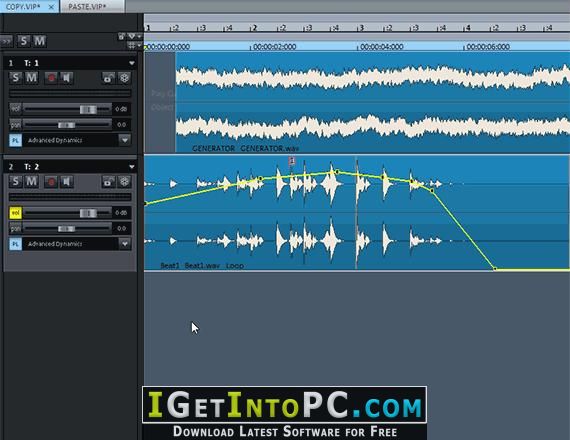
Enable this setting and the audio clip will adapt to the tempo of the song. Once the audio has been imported to the desired position on the timeline, open the Object Editor and switch to the Pitchshift/Timestretch section, and you will notice a new tickbox named Use Musical Tempo Adjustment. Audio can be imported in two ways, method one being to use the File menu’s Import command. As soon as you import any audio into a project, transient detection is carried out in the background.
Samplitude pro x3 suite pro#
Like many others, it is based around zPlane’s Elastique Pro time-stretching algorithm. Mercifully, this has now been addressed, and Magix have designed their own version of Flextime/Audio Warp/Bend, called Musical Tempo Adjustment (MTA). MIDI objects would recognise and follow tempo markers, but the audio was left unaffected, therefore making these tempo-changing features less than useful. This was particularly noticeable if you were utilising tempo changes within an arrangement. Something I felt was lacking in previous versions of Samplitude was the ability to detect and adapt the tempo of audio beyond the base tempo of the project. If the project is already open, you can launch this start dialogue from Help / Start Selection. There is also a drop-down menu at the bottom left where you can switch between different saved UI settings.
Samplitude pro x3 suite driver#
Clicking on the ‘audio setup’ button will open a smaller window from where you can change your driver and audio engine settings. You can also open existing projects or load wave files. You can access your templates and last-opened projects from this window, also create new multitrack projects and pre-name the takes for this new project.

This dialogue will open by default when you launch Samplitude. One small enhancement will be apparent straight away: the start dialogue window has been given a graphical makeover and adds improved coherence when starting a new project.


 0 kommentar(er)
0 kommentar(er)
